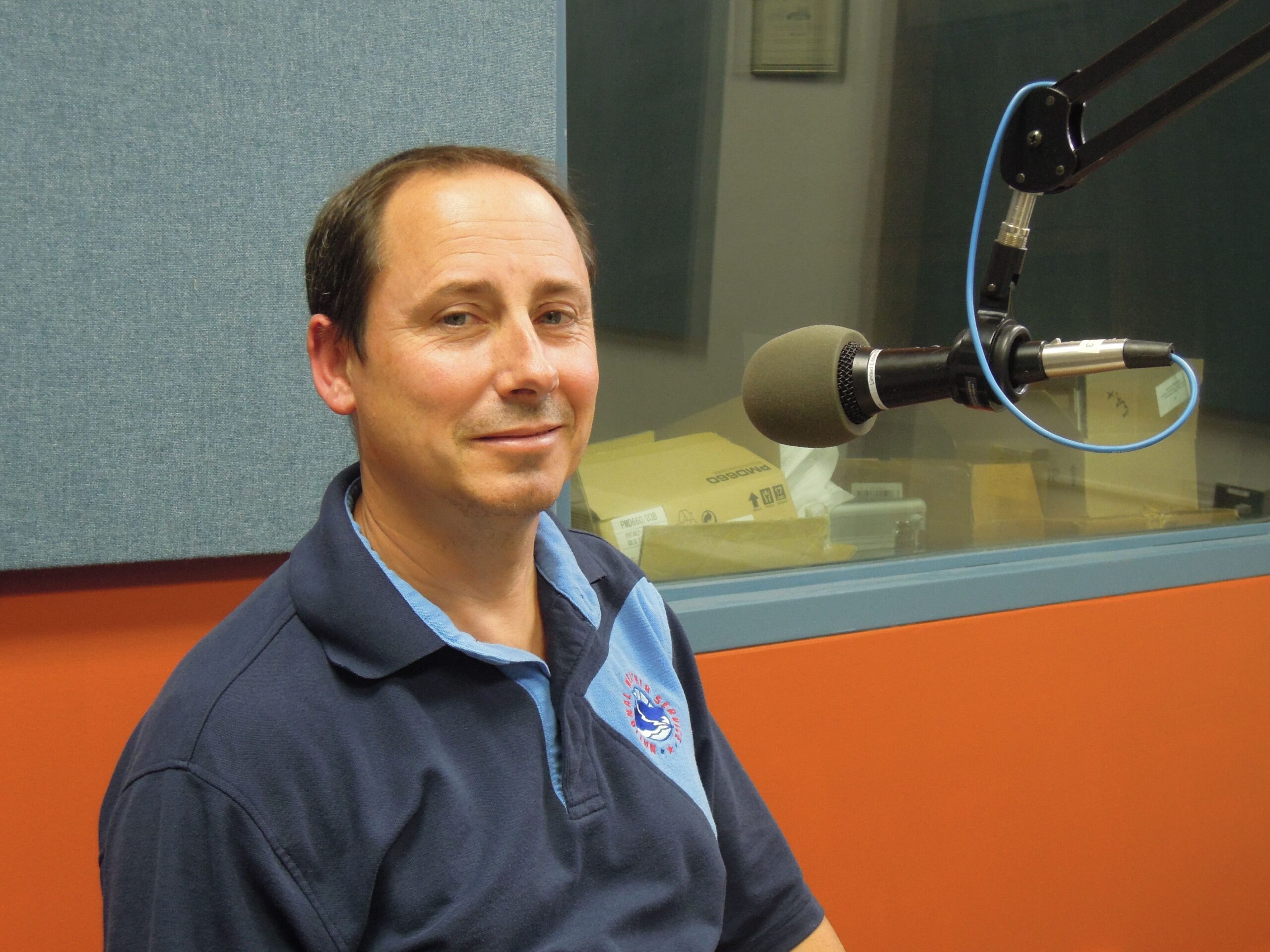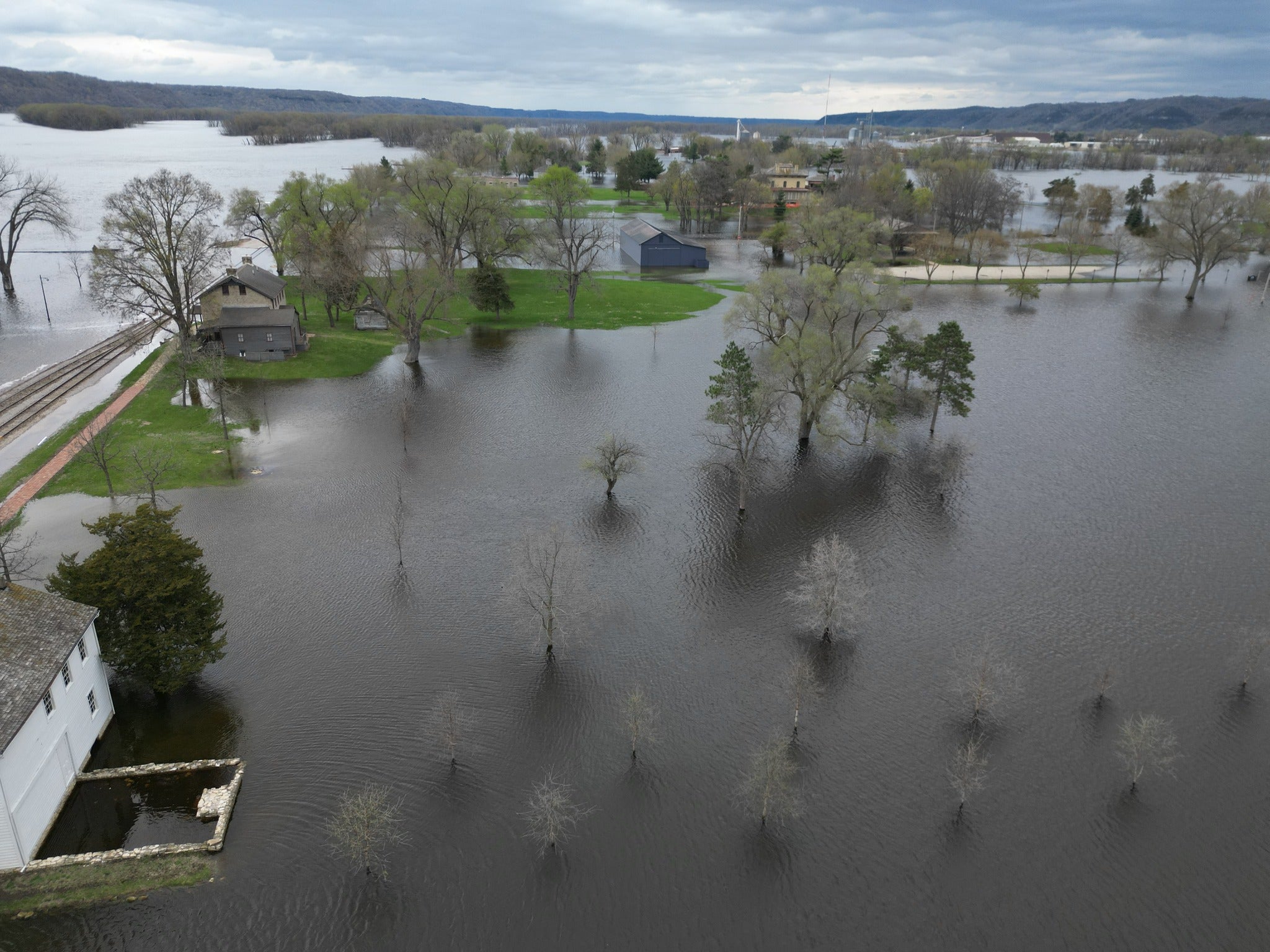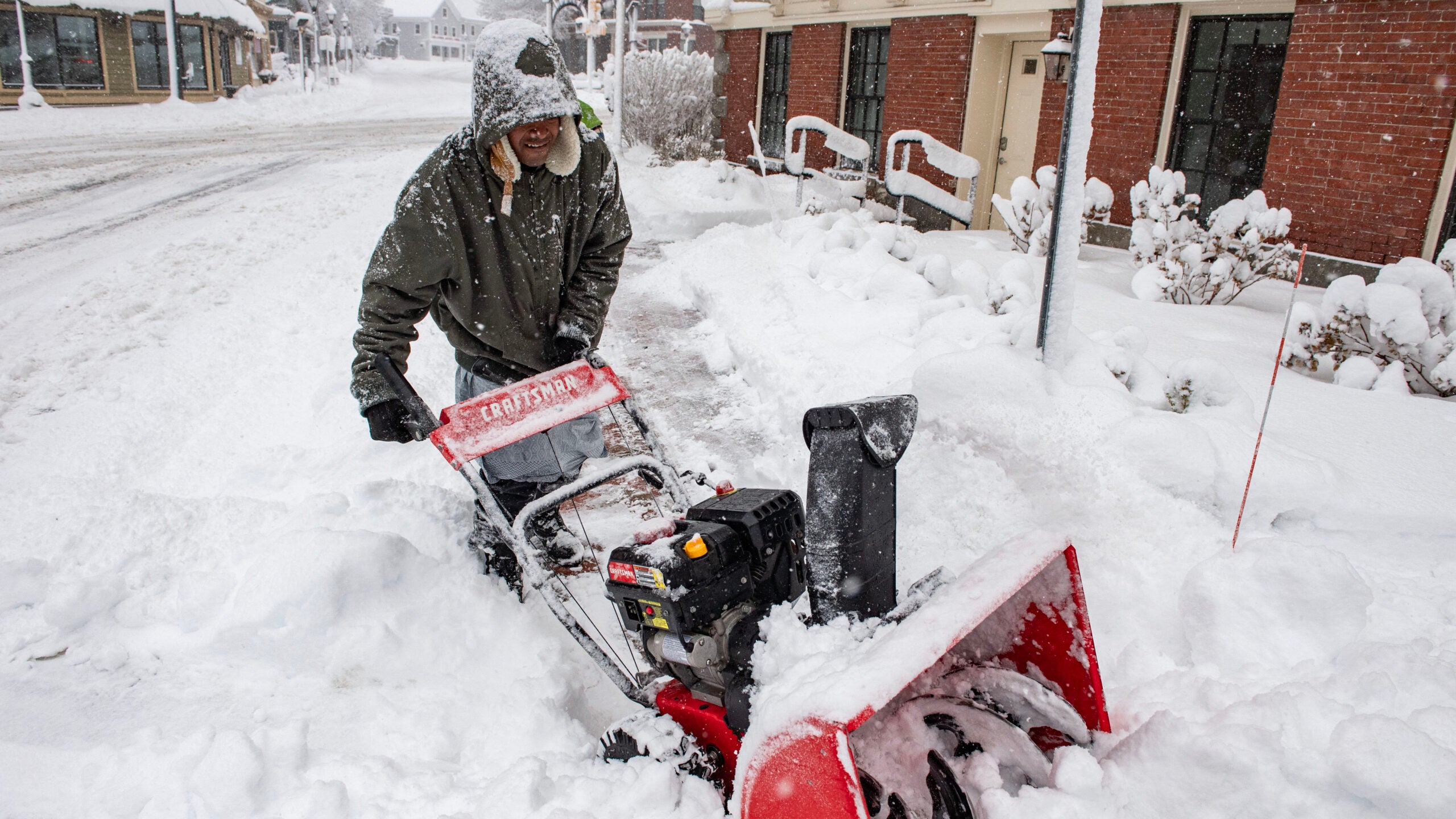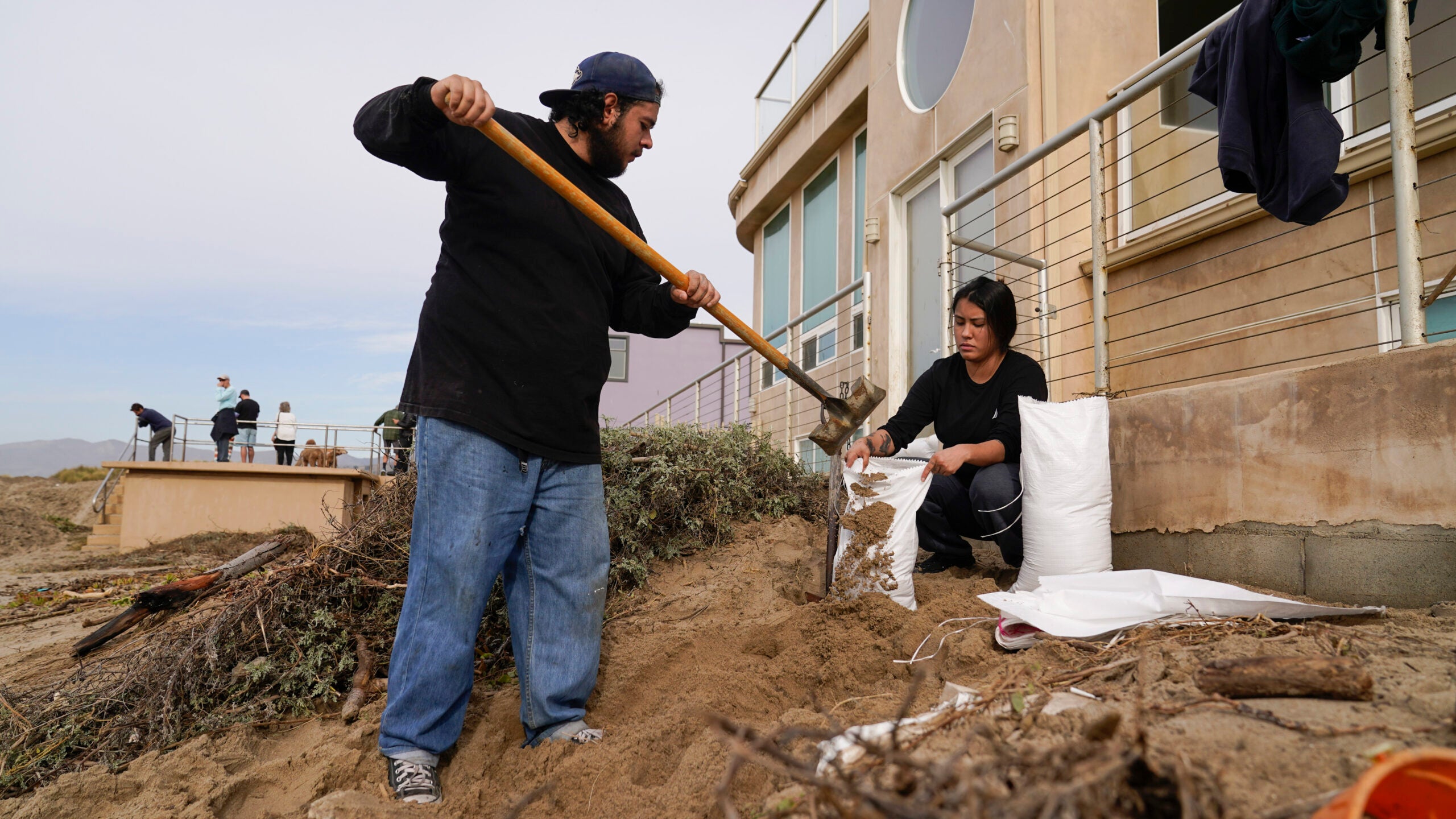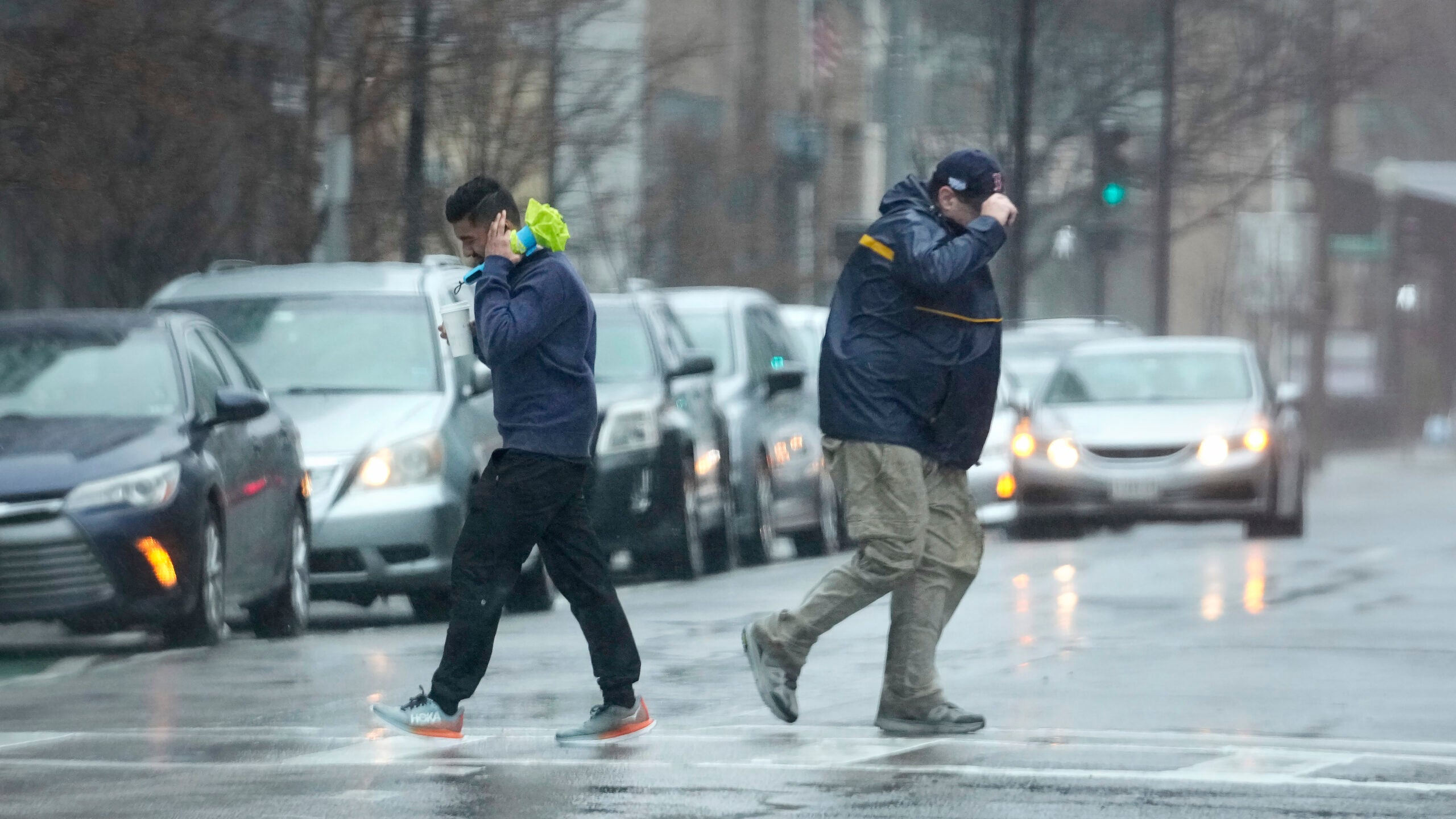Weather Ready Nation-
Severe August weather that caused widespread flooding in southern and western Wisconsin and killed one person in northeast Iowa is a reminder of both how far weather warnings have come and how they can be improved.
The National Weather Service is partnering with groups involved in emergency planning in something called Weather Ready Nation to improve emergency weather preparedness.
Torrential rains August 10 and 11 caused streams and rivers to flood and flood damage to many roads in Buffalo, Trempealeau and Eau Claire Counties north of La Crosse. This week, Wisconsin Gov. Scott Walker issued a state of emergency for the three counties, which allows the state to ask the federal government for help in repairing an estimated $1.8 million in road repairs.
Two weeks later, a similar situation occurred in northeastern Iowa and Richland and Crawford Counties south of La Crosse. A man was killed when he drove his car into flood waters on a road in early morning darkness in northeastern Iowa.
Todd Shea is warning coordination meteorologist and in charge of Weather Ready Nation for the National Weather Service-La Crosse. He said its an ongoing effort to improve not only weather forecasting, but communication with emergency responders and the public.
“It’s a hard thing to see how the results come out,” Shea said. “We hope that it makes a difference. We hope it ends up saving lives and making communities more resilient to a disaster so they can bounce back and get their commerce going and getting people to rebuild.”
For Trempealeau County Emergency Management Director Dan Schreiner, terms like a 100-year flood no longer have any meaning. He said severe rain that lead to flooding problems have been occurring with “alarming frequency,” four separate events in 2010 alone, and one last year.
If there are positives to come out of these bad weather events, Schreiner said people in his county are much better at responding to them and cleaning up afterward. He also said weather forecasting has become much more accurate in the last decade, allowing for a better emergency response.
“I need to remind everyone where we were just five to ten years ago. We had to wait to get this information,” Schreiner said. “The way technology has been progressing, (during the most recent flooding event) I’m at a location where there’s water going over the road helping to prevent people from driving through it. Two of the people with me and myself were getting alerts on our smartphones giving us information about weather that was impending. That tells us whether the water is going to go up or the water is going to go down depending on the predictions of how much rain we’re going to get. There was a time when that possibility was unheard of.”
Shea said the science of weather forecasting continues to improve, as does emergency planning and communication, which allows for more accurate warnings, something the public can still be slow to hear.
“One of the more frustrating things in my line of work is when a big impactful weather event is predicted fairly well and to still hear people say ‘they didn’t know it was coming,’ or ‘they had no warning.’” Shea said. “In some cases that’s valid, but in others where it was well-predicted, sometimes it just comes down to some personal responsibility and taking advantage of all this technology that’s out there.”
Shea said severe weather forecasting is easier in the winter, when there can often be three or four days notice of a major winter snow storm. With severe thunderstorms and flash flooding events, the warnings are still improving, but the notice is typically a matter of hours.
– John Davis
Episode Credits
- Hope Kirwan Host
- John Davis Producer
- Todd Shea Guest
- Dan Schreiner Guest
- Deb Teske Guest
Wisconsin Public Radio, © Copyright 2024, Board of Regents of the University of Wisconsin System and Wisconsin Educational Communications Board.

